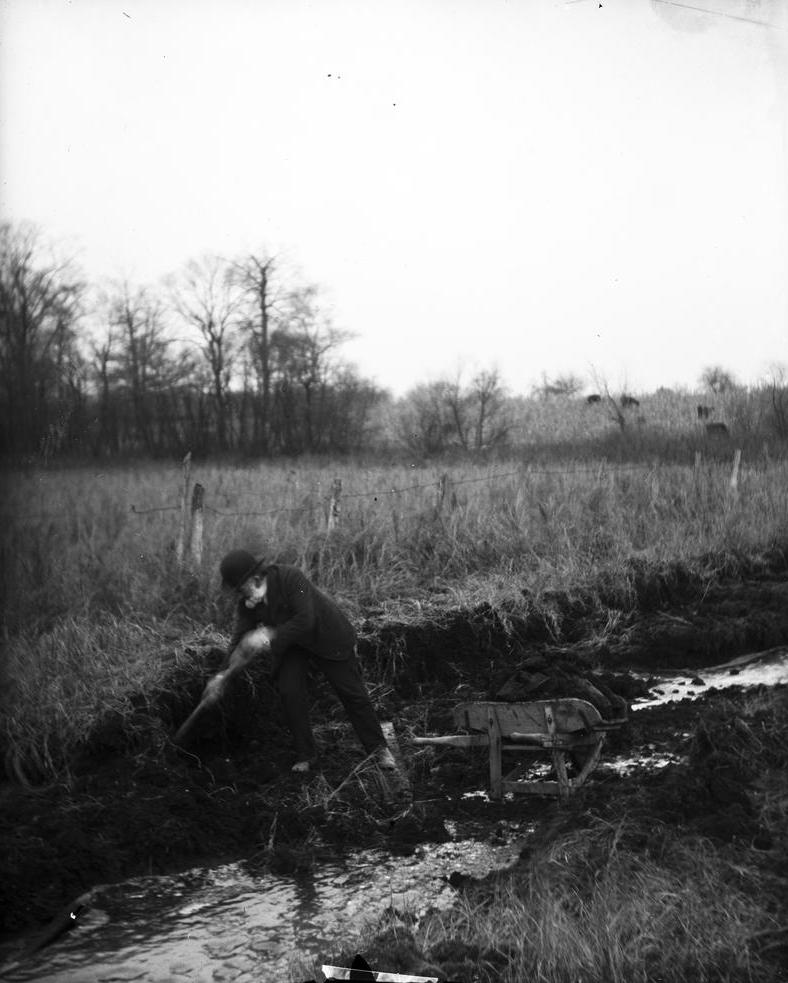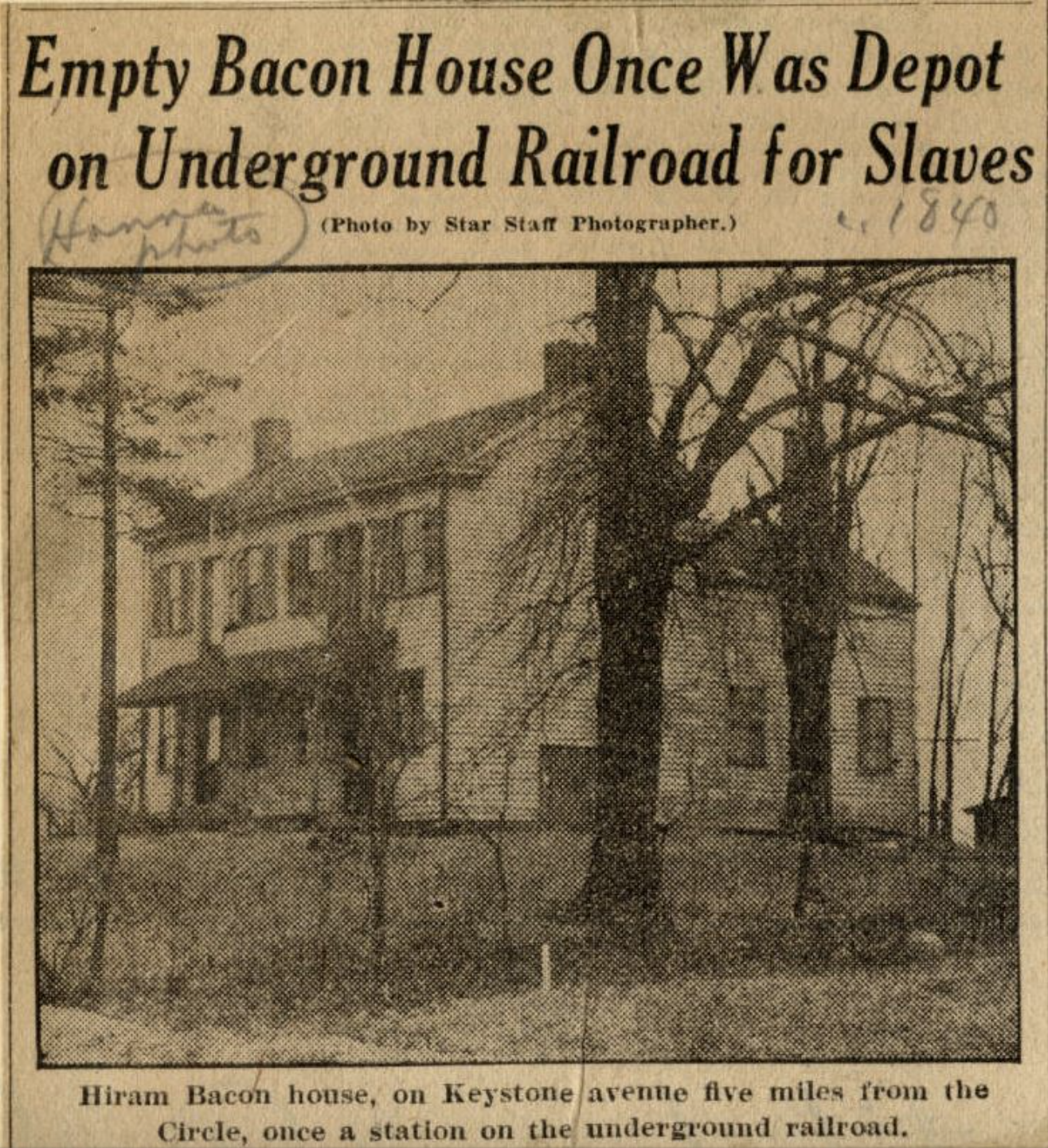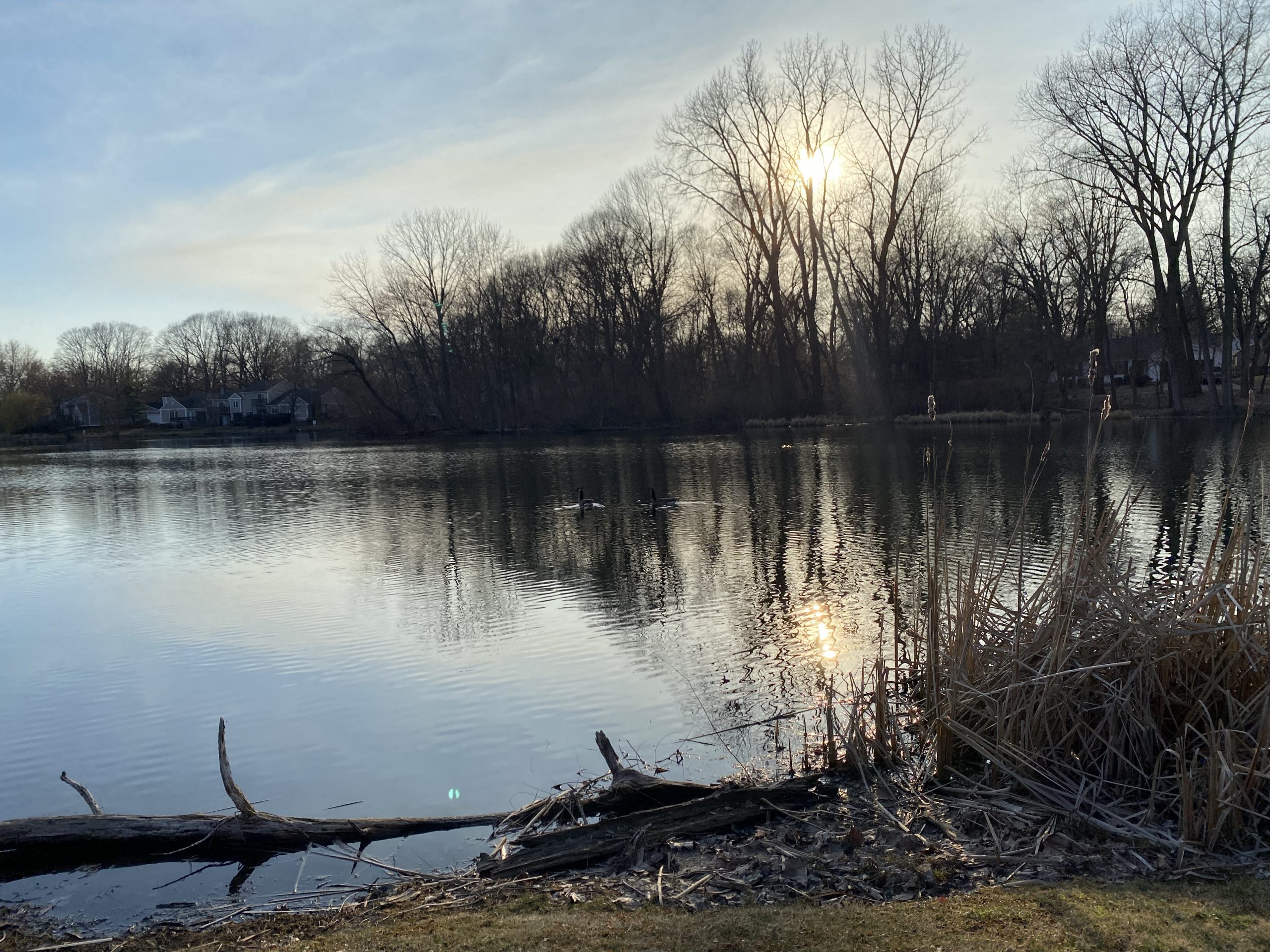A large peat bog that once extended several blocks west of today’s Keystone Avenue between 54th Street and Kessler Boulevard, Bacon’s Swamp was named after Hiram and Mary Bacon, its pioneer owners. The Bacons, who came to the Indianapolis area in 1821, originally were from Massachusetts. The swamp was part of their 400-acre farm. Glendale Mall also sits on part of the property. Bacon’s Swamp was possibly the only peat bog of its kind found this far south in the United States. It resulted from the retreat of the Wisconsin Glacier some 20,000 years ago. As the glacier receded it left in its wake a large crystal lake that slowly filled with organic growth that eventually evolved into peat.

Bacon was a prominent dairy farmer and leader in the Presbyterian Church. He was close friends with the famed Presbyterian pastor , who often visited the swamp. The swamp’s first notoriety came during the Civil War era when it served as a station on the Underground Railroad. “Stationmaster” Bacon hid fugitive enslaved persons in a large grain bin in his barn on the east bank of the swamp. From there, under cover of darkness, they were moved to , the next stop on their way to Canada.
Through the years, particularly in the 1920s, 1930s, and 1940s, the bog became a living laboratory for students, college professors, amateur botanists, bird watchers, and members of the Indiana Nature Study Club. Taking daylong excursions to what were then the outskirts of the city, they studied the swamp’s unusual flora and fauna and took soil borings and pollen samples from its depths to determine its natural history. Because the swamp abounded in wildlife, it also served as a hunter’s delight.

Legend had it that the swamp was “bottomless” and never could be filled in. Two unsuccessful attempts to build a road across its ooze in 1914 and again in 1937 gave credence to the stories. Both roads sank as the waterlogged peat on which they were built became compressed under their weight.
Attempts to harvest and sell the peat were largely unsuccessful—not because of poor quality but because of the costly compressing procedures that were necessary to produce fuel peat. In later years, a successful dredging industry did flourish at Bacon’s Swamp, but this peat was sold to florists and nurseries to use as packing and mulch.
After World War II, Bacon’s Swamp was literally squeezed dry by encroaching housing developments in and by “fill” dumped into it from nearby construction projects. Autumn bush fires and nearby drain installations had already lowered the water table considerably during the 10 years preceding the war. The reptiles, amphibians, and aquatic mammals fled, and the marshy surroundings, where many wildflowers and other fauna not native to the area had flourished, disappeared.
The deaths of four children in two separate drowning incidents—one in 1947 and 1956—caused nearby residents to mount a “fence and fill” campaign aimed at ridding the area of the “attractive nuisance.” They also voiced constant complaints about the mosquito population.

At the same time, responding to pressures from nature lovers, various city, county, and even state agencies attacked the “problem” of Bacon’s Swamp. Plans drawn up in the mid-1950s for a combined nature preserve and playground languished at the drawing board stage and eventually died—a scant 10 or 15 years before the ascendancy of the ecological movement. A retirement community, built in the 1980s, currently occupies the site and overlooks Bacon Lake, a small remnant of the original swamp.

Help improve this entry
Contribute information, offer corrections, suggest images.
You can also recommend new entries related to this topic.

